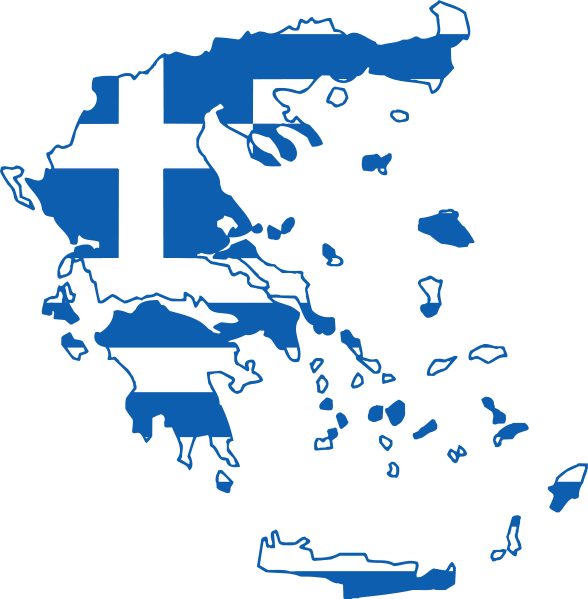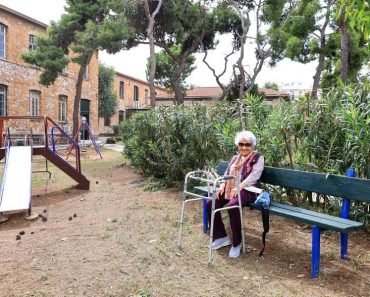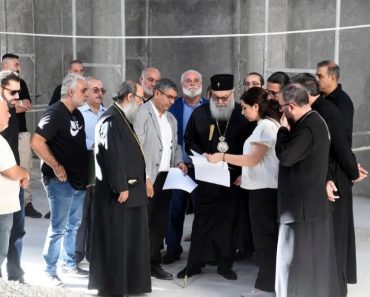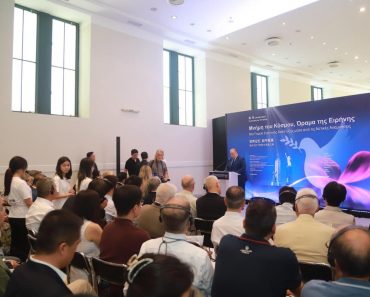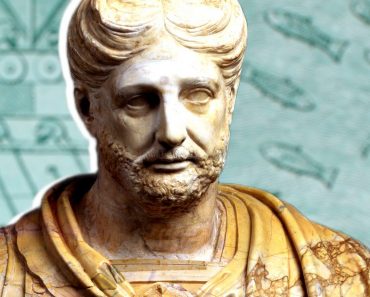Published on
September 27, 2025
The renovation of the Mycenaean wall on the east plateau of the Acropolis marks a milestone in Greece’s preservation of its cultural heritage. The project, including extensive restoration work, not only aims to enhance the tourist experience at one of the world’s best-known monuments but also further the overall objective of developing sustainable tourism. As tourists get access to the Mycenaean age fortifications that have been restored, they will be able to discover new aspects of Greek culture and history, providing a richer, more tangible interpretation of the Acropolis.
Enhancing Visitor Access: A New Pathway to the Eastern Plateau
The restoration project includes the creation of a new visitor route that will open up the Acropolis’ eastern plateau to the public for the first time. This is a major step toward expanding the visitor experience on the site, which has traditionally focused on Classical Greek monuments such as the Parthenon and the Temple of Athena Nike. The addition of the eastern plateau as a new attraction will allow tourists to explore previously inaccessible sections of the Acropolis, deepening their engagement with the site’s multilayered history.
The new route is designed to offer a seamless travel experience, ensuring that visitors can easily navigate the site and access the restored Mycenaean wall. By introducing this pathway, the project will broaden the scope of cultural tourism in Athens, making the Acropolis even more inclusive for international tourists, local visitors, and school groups alike.
Understanding the Mycenaean Wall: A Glimpse Into Greece’s Pre-Classical Era
The Mycenaean wall, with its ancient fortifications, represents an integral part of the Acropolis’ history, predating the Classical Greek period. The restoration will allow visitors to learn about the Mycenaean civilization, one of the earliest advanced societies in ancient Greece, known for its palaces, art, and military prowess. By revealing these fortifications, the project provides a deeper insight into the evolution of the Acropolis and the role it played across multiple historical epochs.
The restored sections of the wall will include key structural elements, such as massive stone blocks and defensive features, allowing visitors to visualize how the Mycenaeans used the site for defense and ritualistic purposes. This cultural insight is expected to enrich the experience for tourists, offering them a multi-faceted view of ancient Greek history beyond the well-known Classical monuments.
Cultural Heritage and Modernity: Preserving the Past While Embracing the Future
The restoration of the Mycenaean wall is carried out under the principles of minimal intervention and reversibility, ensuring that the site’s authenticity is preserved while making it accessible to future generations. The approach combines cutting-edge restoration techniques with a strong commitment to historical accuracy, allowing the Mycenaean wall to be both protected and brought to life for modern audiences.
This balance of preservation and public access reflects Greece’s broader vision for its heritage sites, which aims to integrate modern infrastructure with historic conservation. The restored areas will be equipped with modern visitor facilities like audio guides, information panels, and interactive displays that provide detailed context for tourists without detracting from the historic value of the site.
A Destination for Cultural and Educational Tourism
The restoration project at the Acropolis also aligns with Greece’s broader goals to expand its role as a global leader in cultural tourism and educational travel. The integration of modern education tools, such as interactive exhibits, alongside archaeological exploration, makes the Acropolis an educational resource for students, academics, and tourists alike. The Mycenaean wall will provide a rich historical context that is not only relevant to those interested in archaeology but also to those studying ancient civilizations, art history, and cultural preservation.
The creation of educational programs that highlight the wall’s significance and its role in Greece’s history further enhances the tourism experience. Visitors will leave with a deeper appreciation for the ancient Greeks and a richer understanding of how early civilizations shaped the modern world.
Long-Term Benefits for Greece’s Tourism Sector
The restoration and the opening of new sections at the Acropolis are expected to boost Greece’s tourism sector by attracting more international visitors. With the new pathway to the eastern plateau and the restored Mycenaean wall, the site is poised to increase its tourism capacity and offer a broader range of experiences. The project will also enhance accessibility for tourists, making it easier for people to visit and enjoy the Acropolis, contributing to long-term tourism growth.
By continuing to invest in the preservation and promotion of Greece’s cultural heritage, the country is not only protecting its historic landmarks but also generating economic opportunities through tourism-related activities. The Mycenaean wall restoration is just one example of how cultural heritage can be integrated into modern tourism practices to offer both tourists and locals a better experience.
Promoting Greece’s Global Cultural Position: Strengthening International Collaboration
The restoration of the Mycenaean wall also strengthens Greece’s position in global cultural tourism. By continuing to preserve and celebrate the rich cultural heritage of the Acropolis, Greece ensures that it remains a top tourist destination for those seeking to explore the roots of Western civilization. International collaboration in the fields of archaeology and cultural preservation will continue to play a critical role in ensuring the long-term sustainability of Greece’s heritage sites.
As the Acropolis becomes increasingly accessible, global travelers will be encouraged to explore not only the well-known Classical sites but also lesser-explored areas such as the Mycenaean fortifications. This diverse tourism offering will help expand Greece’s appeal and promote cross-cultural understanding through the universal language of history and heritage.
A Transformative Project for Greece’s Cultural Tourism
The recreation of the Mycenaean wall and opening of the eastern plateau at the Acropolis is a revolutionary move in Greece’s tourism industry. The merging of contemporary technology, learning, and cultural conservation will maximize the tourism experience, drawing tourists from all over the world. This initiative is part of Greece’s vision to promote its bountiful cultural heritage while encouraging sustainable tourism to benefit both local communities and international visitors. The restoration of the Mycenaean wall will be an immersive experience that gives greater insight into Greece’s ancient heritage, supporting the nation as a global leader in tourism and cultural heritage.
